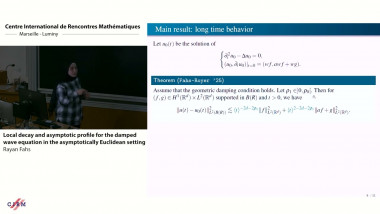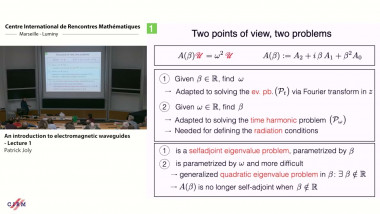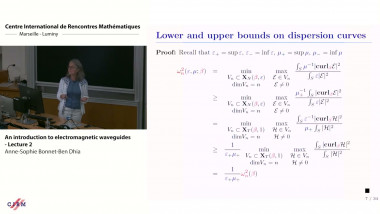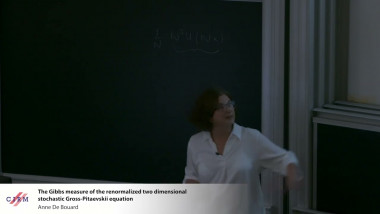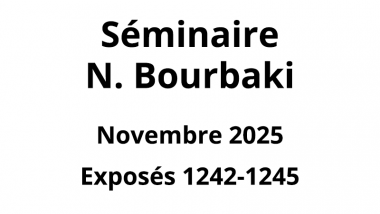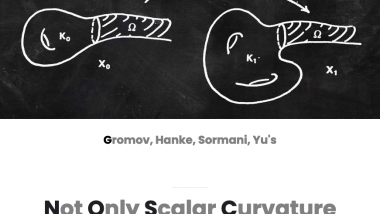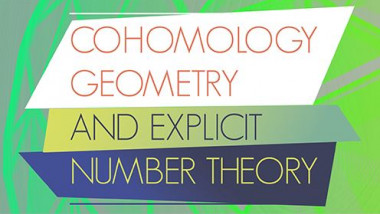Appears in collection : Thematic Month Week 4: Mathematics of Complex Systems in Biology and Medicine / Mois thématique Semaine 4 : Mathématiques des systèmes complexes en biologie et en médecine
Macrophages are a type of immune cells that can be present in high numbers in some solid tumours. The heterogeneity of macrophage populations (with the anti-tumour M1 cells and thepro-tumour M2 cells being the two extreme phenotypes) has led to difficulties in understanding the innate immune responses to tumours. Here we introduce a class of mathematical models for the interactions between a population of tumour-associated macrophages (structured by their phenotype) and a population of cancer cells (that could be structured by their mutation status). We then use this class of models to confirm that the M1 cells kill tumours, while the M2 cells can lead to tumour growth. In addition, we show that macrophages with mixed phenotypes can contribute to either tumour growth or tumour decay. We also show that tumour dormancy is associated not only with an increased heterogeneity of cancer population, but also with an increased heterogeneity of macrophage population.
